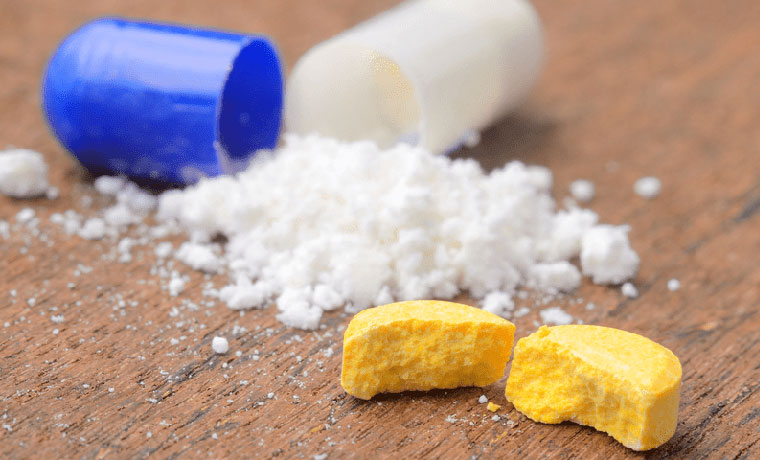
Sodium hydroxide, also known as lye and caustic soda, is an inorganic compound with the formula NaOH. It is a white solid ionic compound consisting of sodium cations and hydroxide anions. Sodium hydroxide is a highly caustic base and alkali that decomposes proteins at ordinary ambient temperatures and may cause severe chemical burns. It is highly soluble in water, and readily absorbs moisture and carbon dioxide from the air.
Sodium hydroxide is used in many industries, particularly in the manufacture of pulp and paper, textiles, drinking water, soaps and detergents, and as a drain cleaner as well.
| Physical Appearance | White pellets |
| Chloride content | <80ppm |
| Na2CO3 content | 0.32% |
| Assay | 97.89% |
|
Function & Usage |
|
| Electrolyte | # Used as electrolyte in batteries # Used in electrolysers for producing hydrogen gas |
| Cleaning Agent | # Used for degreasing metals used for electronic applications |
| Etching | # Used for etching silicon wafers # Dissolving agents for photosensitive polymers |
| Mineral Donor | # An excellent source for sodium and potassium |
| Absorbent | # Used for absorbing moisture and acidic gases |
| Tissue digestive | # Used to digest tissue ,as in a process that was used with farm animals |
| Esterfication and Transesterfication reagent | # Used as catalyst for esterfication
reaction in manufacture of paints, varnishes
,lacquers, medicines, dyes, soaps and synthetic
rubber. # Used as a catalyst for transesterfication reaction in manufacture of biodiesel |